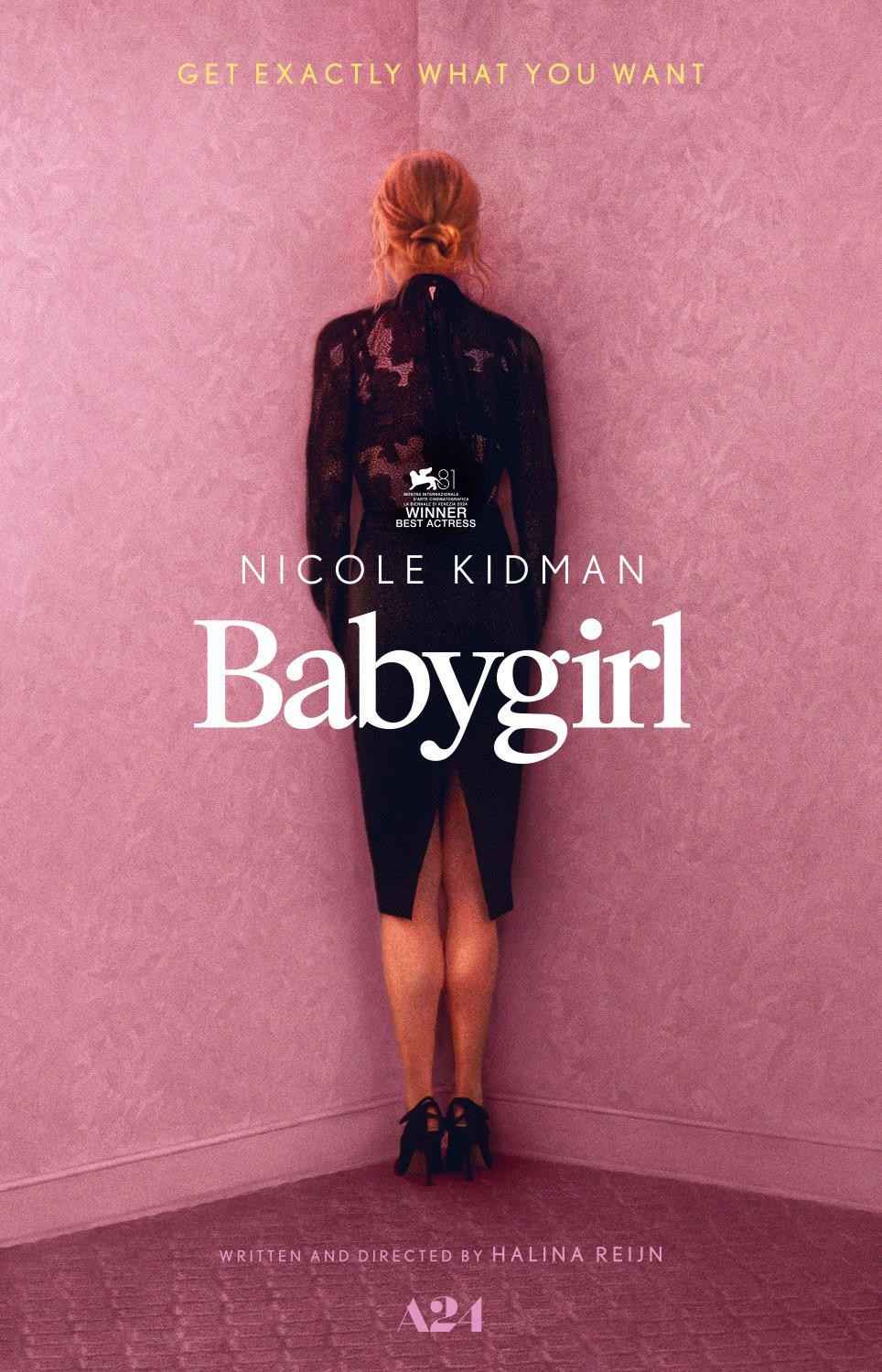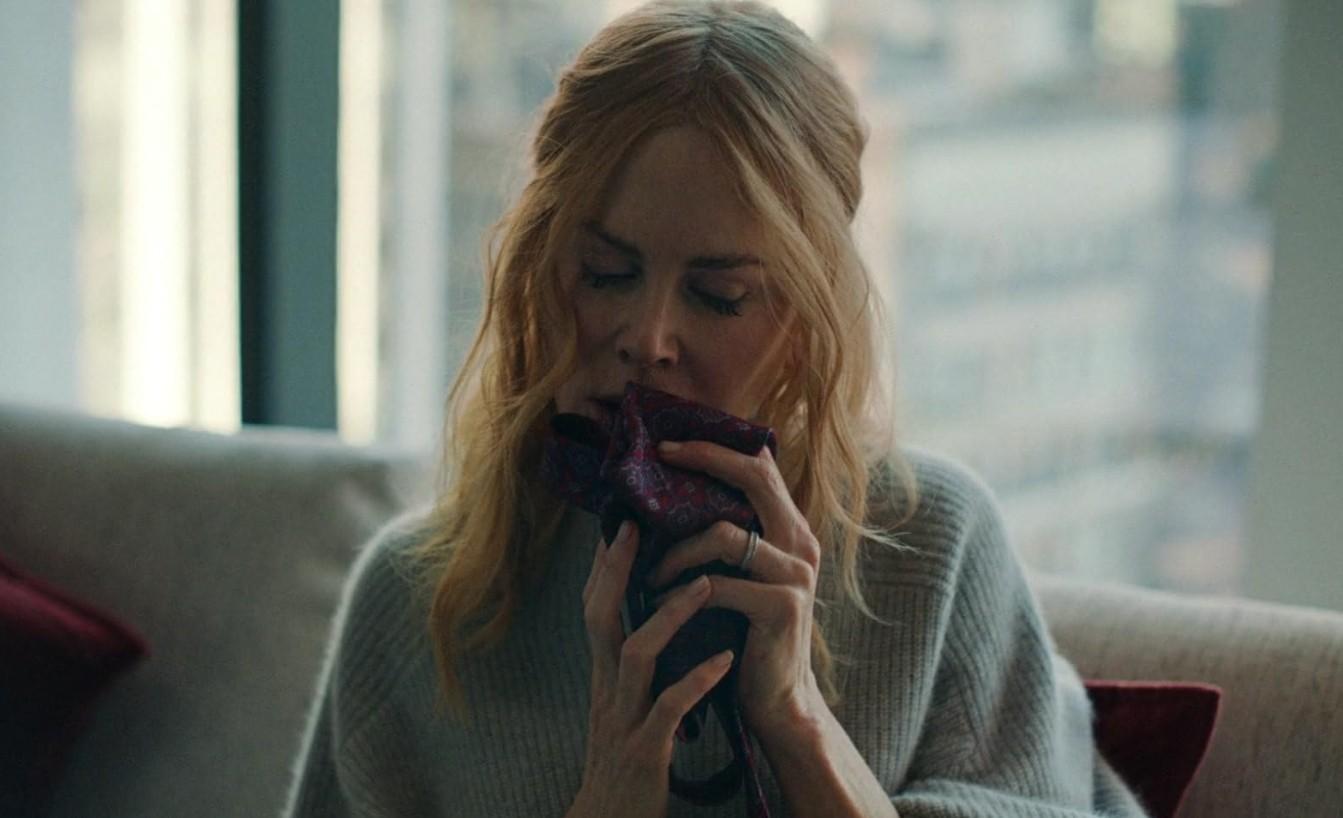◖Babygirl (2024): Nicole Kidman, Power, and the Cinematic Language of Desire◗
Few actresses command the screen quite like Nicole Kidman, and Babygirl (2024) stands as a testament to her unyielding ability to navigate complex roles with nuance and control. Directed by Halina Reijn (Fig.1), this erotic thriller delves into the intricate interplay of power, vulnerability, and seduction through a meticulously crafted visual language. Through its cinematography and aesthetic choices, Babygirl not only explores a high-powered woman's control over her professional and personal life but also raises an intriguing question: Does her dominance truly escape the male gaze, or is it subtly shaped by it?
Cinematography as a Storyteller

From the opening shot, Babygirl employs cinematography that amplifies the tension between intimacy and authority. Cold, calculated compositions frame Romy Mathis (Kidman) in stark, linear corporate settings, emphasizing her dominance in the boardroom. Harsh lighting and sharp contrasts create an aura of detachment, reinforcing her character’s emotional restraint and professionalism. However, once the narrative shifts into Romy’s clandestine affair with her young intern, Samuel (Harris Dickinson), the cinematography softens. Close-ups linger on details—her fingers grazing a glass of wine, the subtle tremor in her breath—as the film transforms its visual rhythm to mirror the slow unraveling of her composed exterior. The camera’s movement follows a calculated dance, shifting between power and vulnerability, constantly questioning whether Romy is the one in control or if she is merely another subject under scrutiny.
Power Dynamics in the Visual Language

The film’s aesthetic choices play a pivotal role in reinforcing its thematic core. Romy is often shot from a lower angle when addressing her corporate subordinates, asserting her dominance. But as the relationship with Samuel unfolds, the perspective shifts; Samuel’s presence is captured with lingering, intimate framing, subtly placing Romy within a more voyeuristic lens. Reijn masterfully manipulates the visual elements to reflect shifting control (Fig.2). Scenes set in the corporate world feature desaturated colors, mirroring the sterile, transactional nature of power. In contrast, their secret rendezvous is bathed in warmer, dim lighting, evoking the feeling of clandestine intimacy but also suggesting a loss of control—an aesthetic rebellion against Romy’s rigidly structured existence.
The Persistence of the Gaze

Despite Romy’s position as a powerful CEO, Babygirl never fully escapes the question of whether her dominance exists independently or is shaped by a world still influenced by male perceptions of female power (Fig.3). The film deliberately employs the male gaze, only to challenge it—placing Romy in scenes that feel empowering yet still curated through a voyeuristic lens. Is she truly in control of her narrative, or does the cinematography subtly betray an underlying fantasy of the powerful woman who must ultimately succumb? Even at her most assertive, the audience is left wondering: Does Romy’s authority stem from genuine autonomy, or is her portrayal dictated by an unspoken expectation that her power must eventually unravel in the presence of desire? The film’s aesthetic approach never provides a definitive answer, leaving the audience to confront their own perceptions of power, agency, and cinematic representation.

Babygirl is more than just an erotic thriller—it is a visual dissection of power, control, and the gaze that governs them. Nicole Kidman delivers a performance that oscillates between authority and submission, expertly navigating the complexities of her character (Fig.4). Through its cinematography and aesthetic choices, the film does not merely tell a story; it asks its audience to interrogate the way power is seen, filmed, and understood. So, even as Romy Mathis commands her world with grace and precision, one lingering question remains: Is she shaping the narrative, or is the narrative still shaping her?